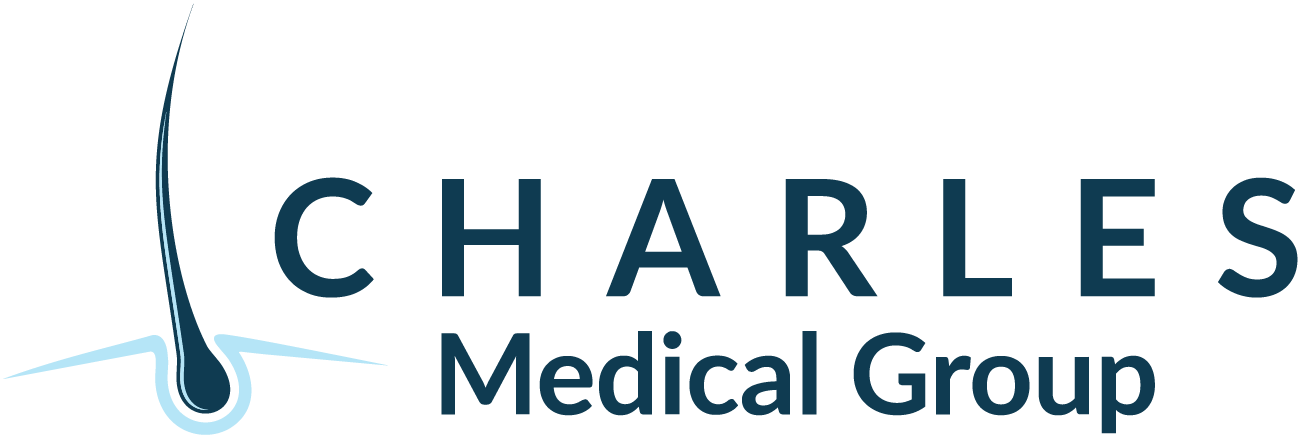Hair Loss: Understanding the Cycle and Treatment Options
Hair loss is a common concern that affects many individuals at various points in their lives. While it’s natural to shed some hair daily, understanding the hair loss cycle can help differentiate between typical shedding and more concerning hair loss that might require professional intervention.
The hair growth cycle consists of three primary stages: anagen, catagen, and telogen. Each stage plays a pivotal role in the health and lifecycle of your hair.
Anagen (Growth Phase)
The anagen phase is the period of growth for hair follicles, which can last anywhere from two to seven years. During this time, cells in the root of the hair are rapidly dividing, and new hairs are forming and growing from the follicles. The length of the anagen phase determines the maximum length of your hair.
Catagen (Transition Phase)
Following the anagen phase, the hair enters the catagen phase, which is a short transitional period that lasts about two to three weeks. In this stage, the hair follicle shrinks, and growth slows down as the hair detaches from the blood supply. This process leads to the formation of what is known as a club hair.
Telogen (Resting Phase)
Finally, hair enters the telogen phase, a resting period that lasts around three months. During this phase, the club hair remains in place as a new hair begins to grow beneath it. Eventually, the resting club hair will fall out to allow the new hair to surface. Typically, losing 50 to 100 hairs per day during the telogen phase is considered normal.
However, certain triggers can disrupt the hair growth cycle, leading to conditions like telogen effluvium, where more hairs enter the telogen phase than usual, resulting in more noticeable hair shedding. Such triggers may include extreme stress, illness, hormonal changes, nutritional deficiencies, and certain medications.
When faced with unusual hair loss, it’s essential to seek professional advice to diagnose the cause accurately. This is where Charles Medical Group steps in, offering expert consultation to identify the root of the problem. The team, led by Dr. Glenn Charles, understands the intricacies of the hair loss cycle and can provide a tailored approach to treatment.
At Charles Medical Group, there are several hair restoration options available to suit individual needs. Surgical methods like Follicular Unit Extraction (FUE) hair transplants offer a permanent solution for hair loss. This minimally invasive technique involves extracting individual hair follicles from a donor area and transplanting them to areas where the hair is thinning or balding. It’s known for its natural-looking results and minimal downtime.
For those seeking non-surgical options, low-level laser therapy (LLLT) can be an effective treatment. LLLT stimulates hair follicles on a cellular level, promoting hair growth without surgery. It’s a convenient and pain-free option that can be used in combination with other treatments.
Understanding the hair loss cycle is the first step toward addressing hair thinning or loss. While some hair loss is part of the natural cycle, it’s important to recognize when it goes beyond what’s typical. With advanced treatments available at Charles Medical Group, individuals can find effective solutions and maintain a fuller head of hair, restoring both their locks and confidence.





